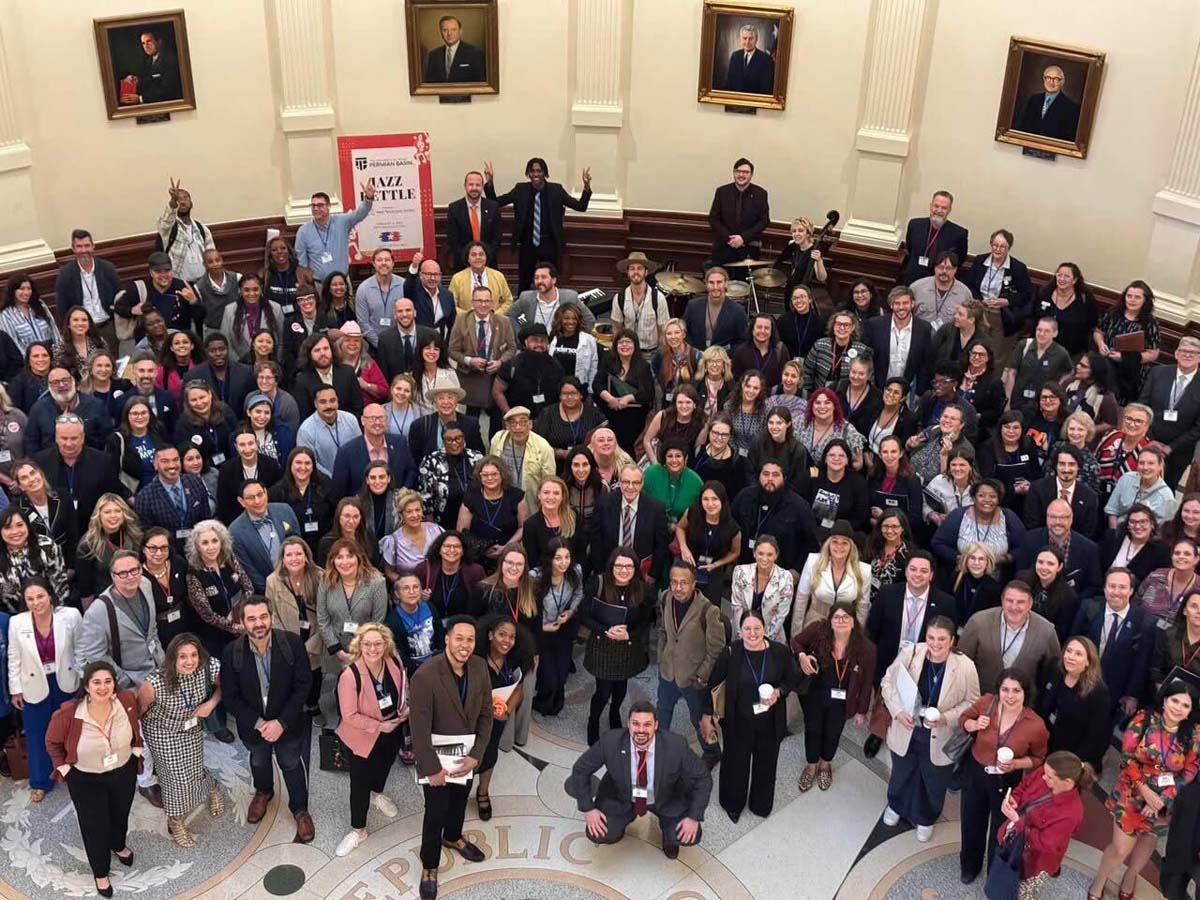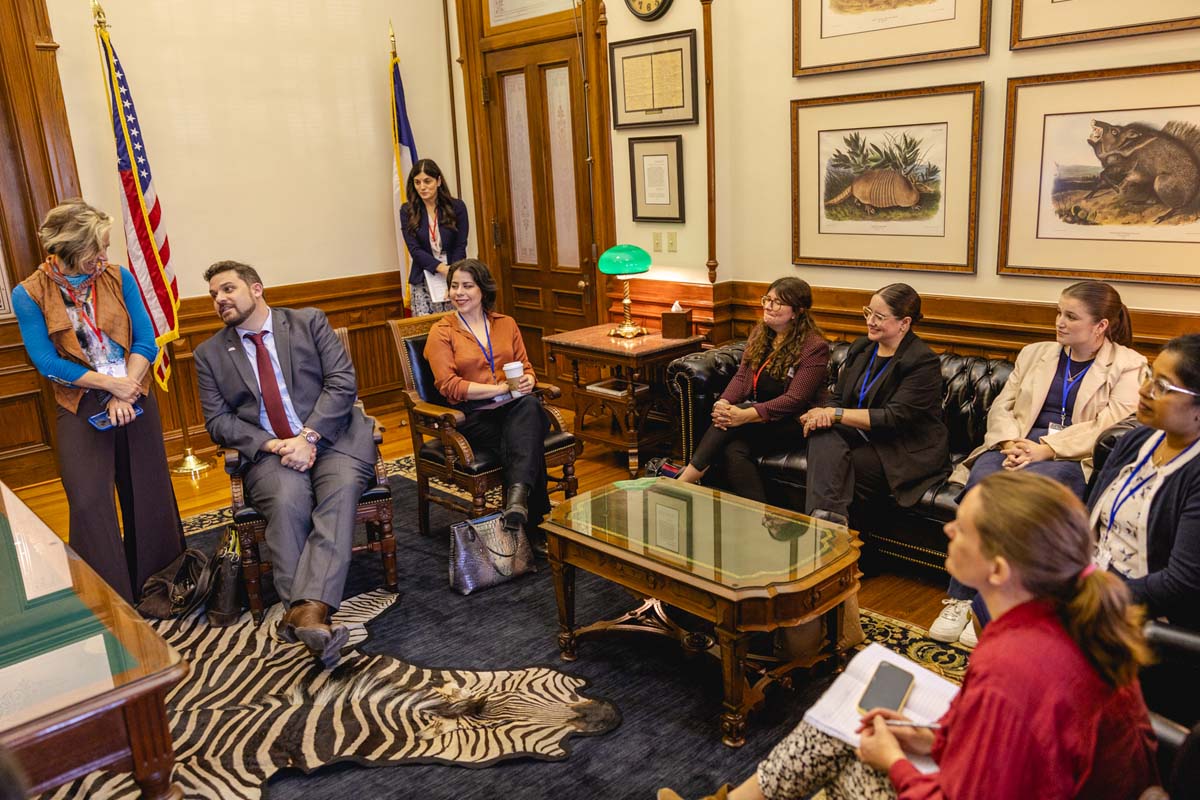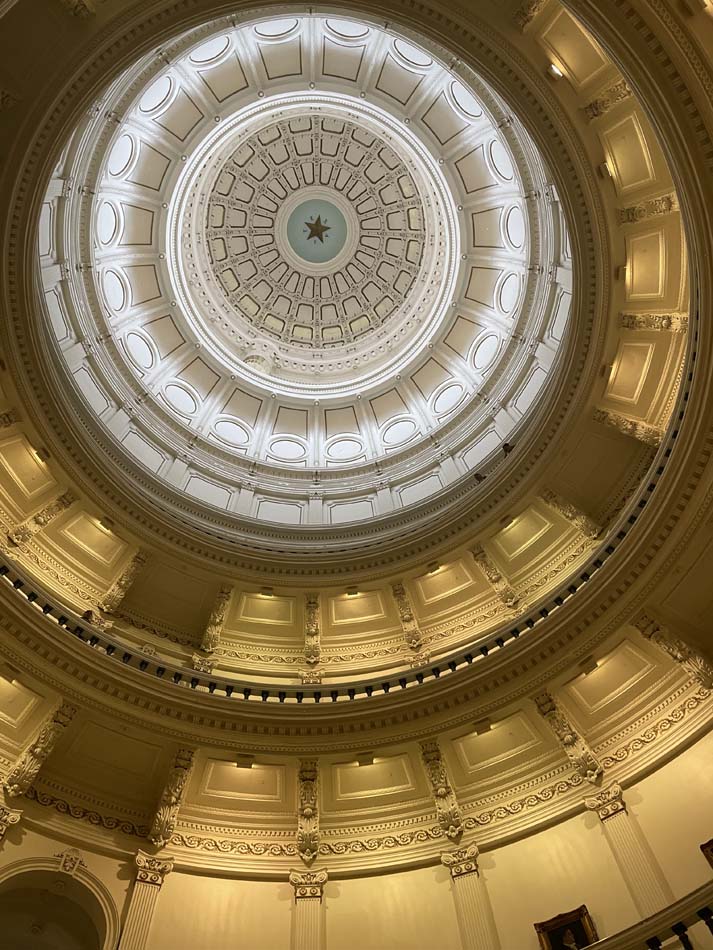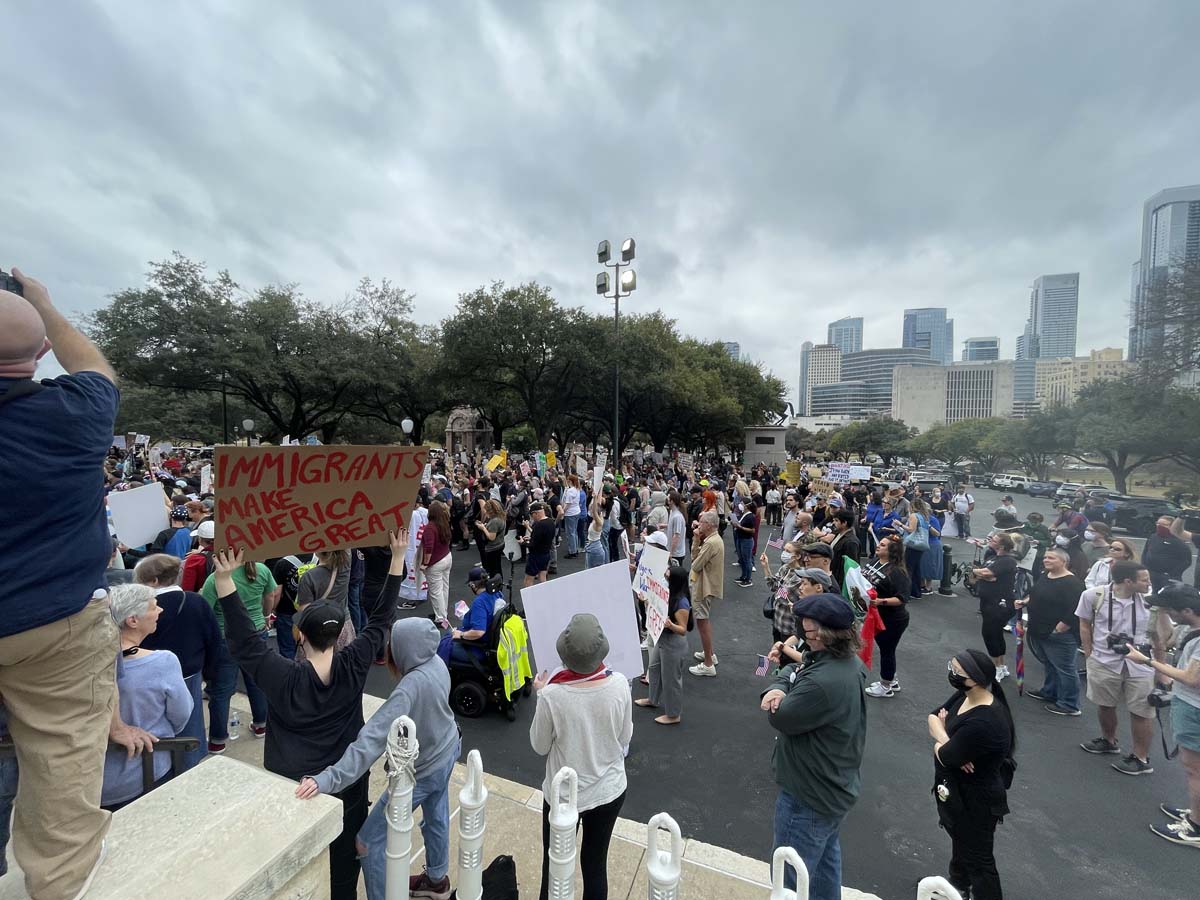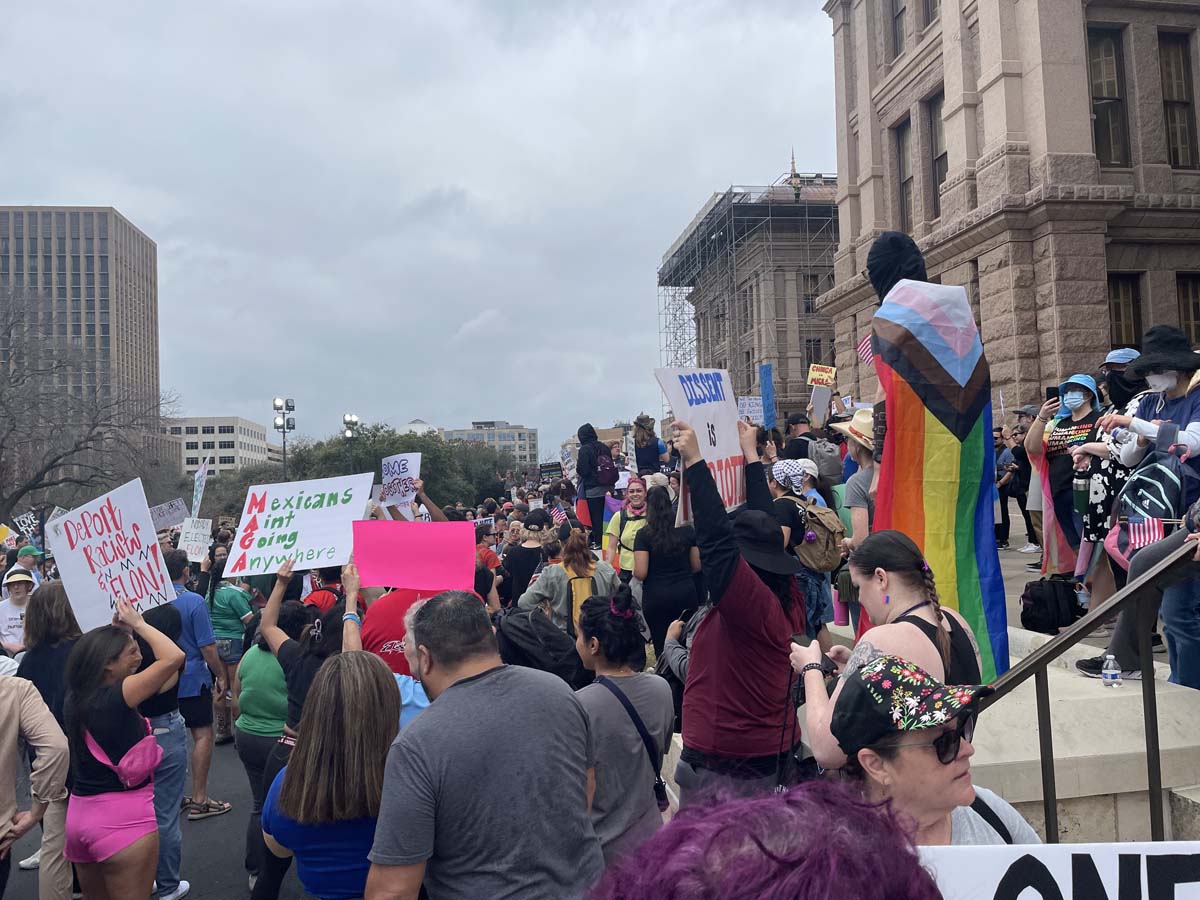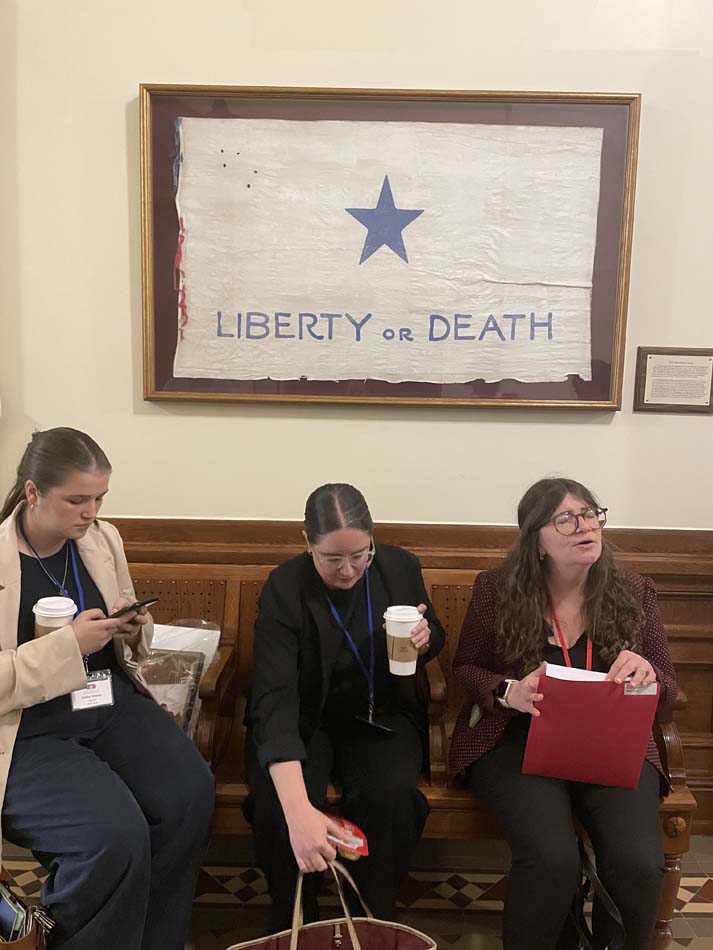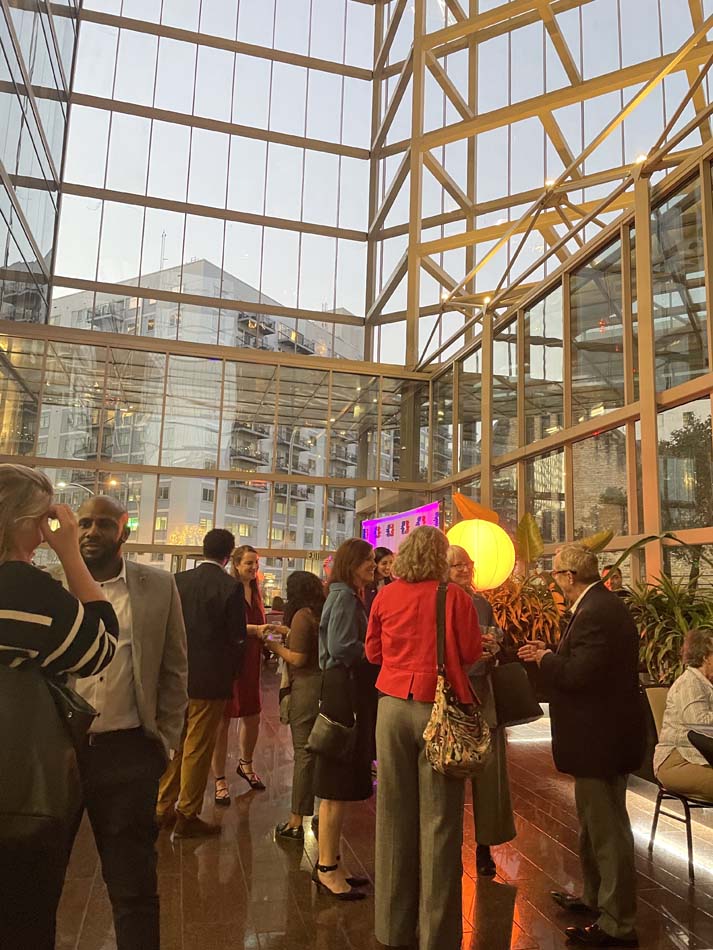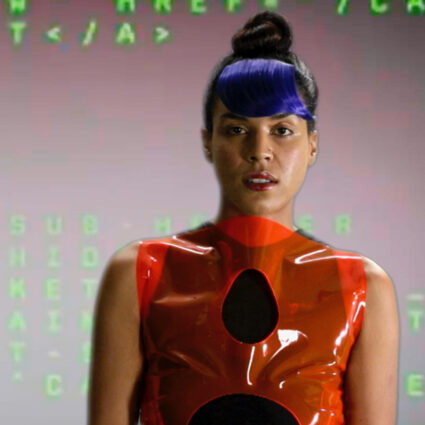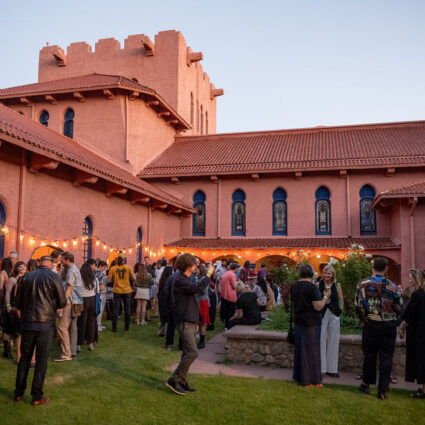Over 200 arts leaders descend on Austin’s Capitol to dispense Texas charm—and return-on-investment pitches—for state funding at Texas Arts Advocacy Day.
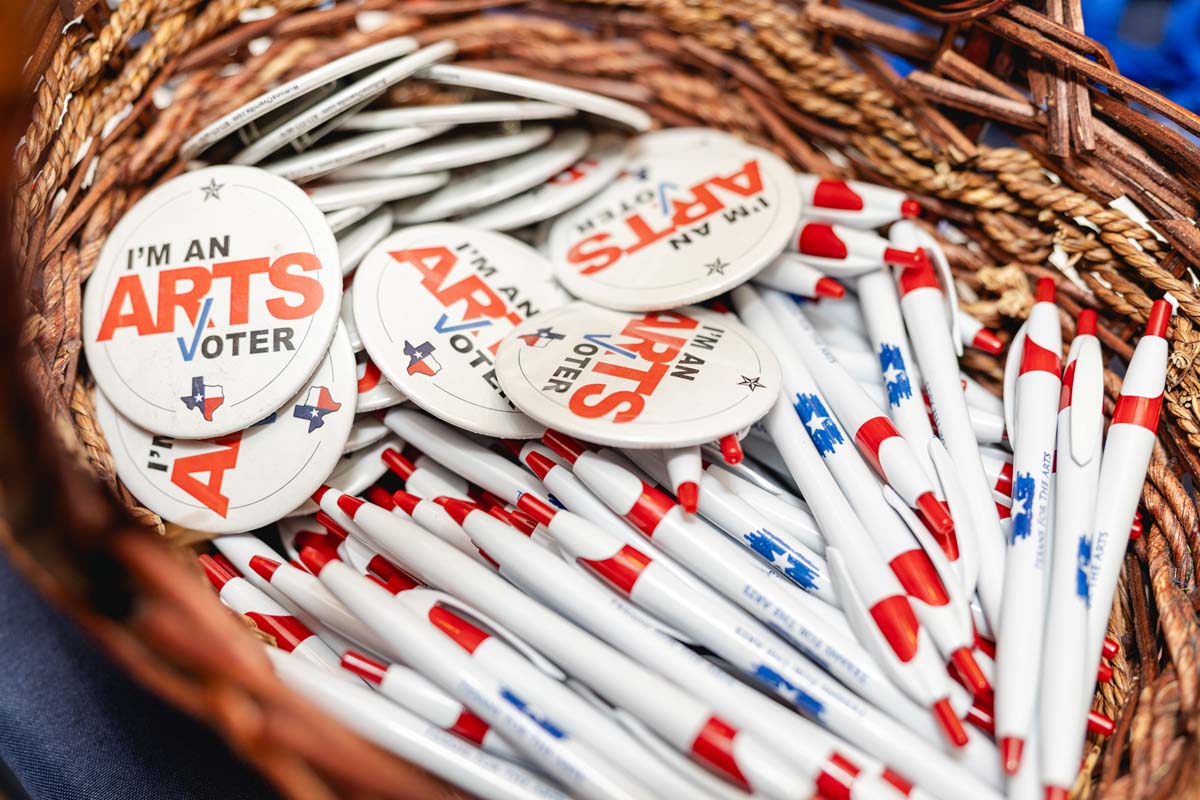
AUSTIN—We are crossing the Permian Basin in West Texas; oil jacks and natural gas flares whip by out the window. On the radio, NPR is trying to keep up with the latest news out of Washington: new details about Elon Musk’s takeover of federal offices and agencies and Benjamin Netanyahu’s visit to the White House.
Lindsey Maestri, executive director of Lubbock’s Louise Hopkins Underwood Center for the Arts, is driving, with two other arts administrators from LHUCA and the neighboring Charles Adams Studio Project in the carpool with me. We’re headed down to Austin to meet with our state representatives to advocate for arts funding in the Texas Capitol.
Texans for the Arts, a statewide advocacy organization, holds the Texas Arts Advocacy Day at the start of each biannual legislative session—a day where arts advocates converge to lobby their representatives in individual meetings set up by TFA. On off years, TFA organizes the Texas Arts Advocacy Summit, offering community listening sessions and strategy workshops.
It’s scrupulously nonpartisan, with a straightforward focus on retaining (and growing) state funding structures for the arts. While the government at the federal level is getting gutted around us, Texas arts advocates walk a tightrope, justifying government funding for the creative sectors as efficient and wise investments that boost local economies, health, and education outcomes.
We arrive at the Capitol first thing in the morning, February 5. It’s technically deep winter, but the day is unseasonably warm, and already heating up fast. It’s going to be in the mid 80s.
Arts advocates from all parts of the state—an entire bus came up from Houston—have gathered in the Capitol Auditorium for an all-morning session of advocacy training. It is the largest TAAD to date, with 225 attendees.
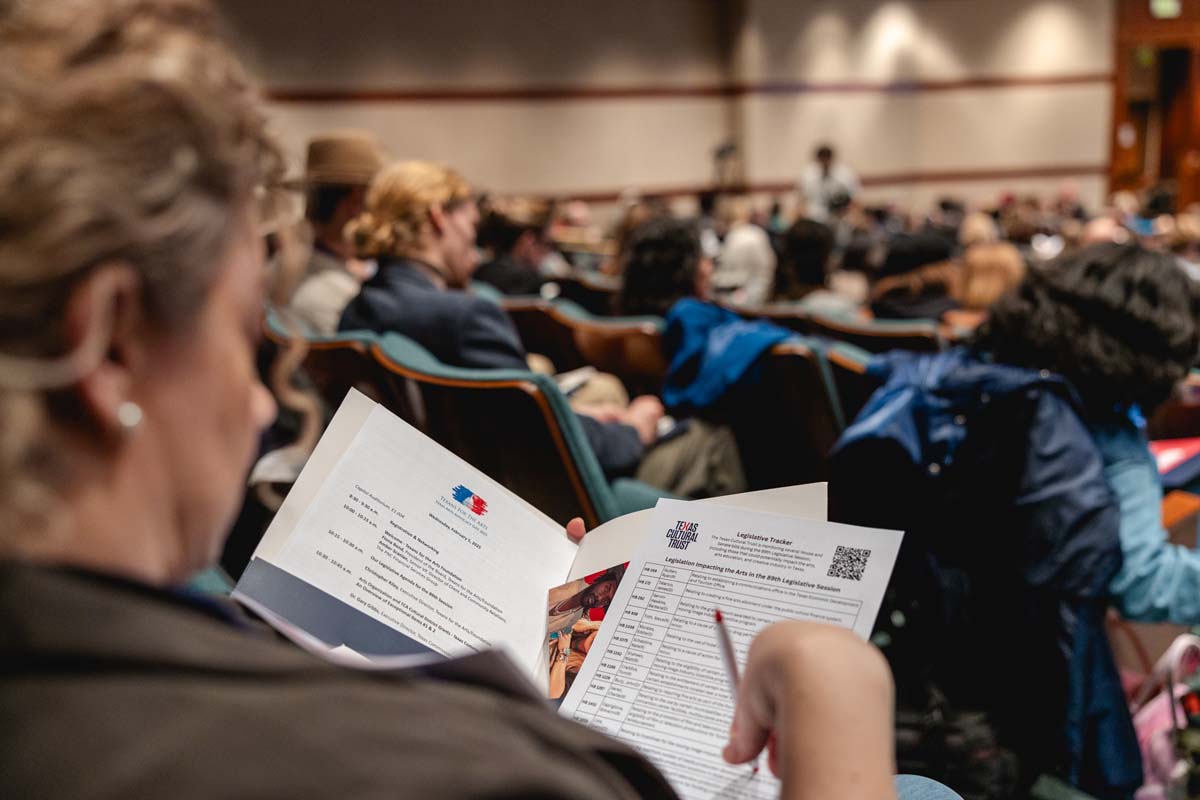
TFA president and Creative Waco CEO Fiona Bond delivers the opening message to the crowd, first tactfully acknowledging the wider political climate. “We live in interesting times,” she states, in an equanimous and soothing British accent. “And it may seem a little daunting in the middle of… what can best be described as political uncertainties, but at times chaos, to feel like we are doing the work of advocating for the arts, when there is so much that feels like it is shrill—at top speed and at highest volume.”
“The first reminder is support of the arts is not party-political,” Bond says, giving the crowd the first of her list of key points for effective advocacy. “You will probably find yourself talking to people who do not share your political views,” she acknowledges. “That’s fine, because… it is the very nature of the arts to connect people who are not alike.”
Support of the arts is not party-political. You will probably find yourself talking to people who do not share your political views. [But] it is the very nature of the arts to connect people who are not alike.
She continues, describing how art allows us to imagine a better future, to think beyond binary choices. That while a “shift in language” may be necessary—a nod, perhaps, to recently outlawed DEI initiatives—”there’s never a wrong time to do the right thing.” And, perhaps most importantly, that art is a smart investment, a powerful tool for economic growth.
“We are not begging for money,” she says. “We are educating our decision makers about smart investment.”
The return-on-investment talking point seems a promising one to convince even the least artsy of art’s value to society. According to the Texas Cultural Trust’s 2025 State of the Arts Report, the arts and culture industries in Texas generate $69.7 billion in gross domestic product, $7.3 billion in taxable sales, and $459.1 million in sales tax revenue. With the state reporting a GDP of $2.4 trillion for 2022, this accounts for about 3 percent of Texas’s overall GDP. (In comparison, oil and gas industries account for about 8 percent of the state’s GDP, at $161.9 billion in 2021. Agriculture, on the other hand, only accounts for 1.7 percent.)
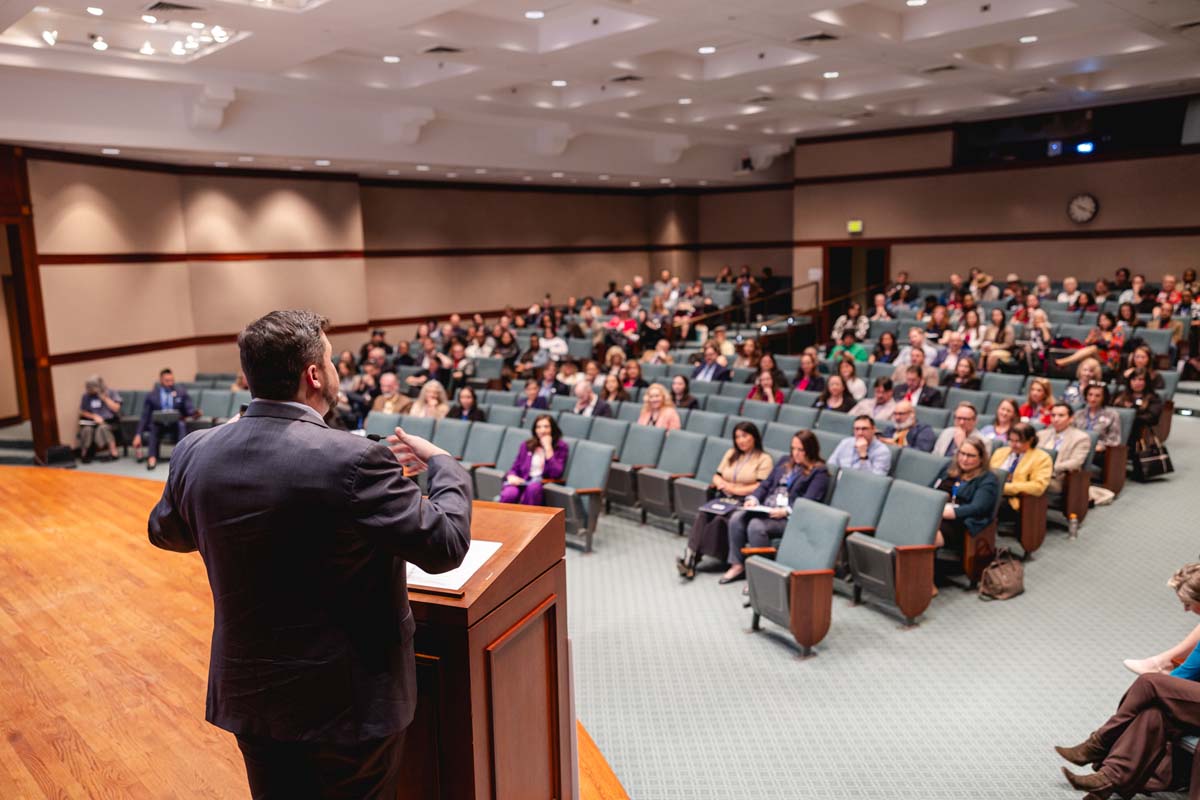
According to the SOTAR, cultural districts in Texas, of which there are fifty-four across the state, show a two-to-one return on investment in sales tax revenue. In addition to these economic numbers, advocates are armed with more research and statistics on art’s positive effect on education and health outcomes.
TFA executive director Chris Kiley takes the stage, laying out the legislative priorities for the 89th legislative session with a panache that betrays his theater-kid roots. “This is my favorite day of the year,” he enthuses. Priorities include protecting the allowable uses of the Hotel Occupancy Tax for arts and culture, growing the budget of the Texas Commission on the Arts, and incentivizing the growth of the film industry in Texas.
The budget bills, HB1 and SB1, contain no cuts to the baseline of biennium state arts funding—a victory at the outset. Advocates, then, would ask their representatives to support exceptional items to the budget to increase funding for the TCA’s arts organization grants and cultural district grants, where demand far exceeds the available funds. Last year, the TCA only had $4.6 million to disburse, a vast shortfall compared to the $85 million in grant requests it received.
Never bring your data into a meeting without a story, and don’t tell your story without backing it up with some data. Together, that’s the magic sauce.
Before sending us out to meet our reps, Kiley reminds us to “know your audience,” encouraging us to share the information most relevant to the representative’s interests while avoiding any “touchy” subjects.
Most poignantly, Kiley emphasizes that the key to messaging is in the combination of numbers and narrative. “Never bring your data into a meeting without a story, and don’t tell your story without backing it up with some data,” Kiley says, quoting national advocate for the arts Randy Cohen. “Together, that’s the magic sauce.”
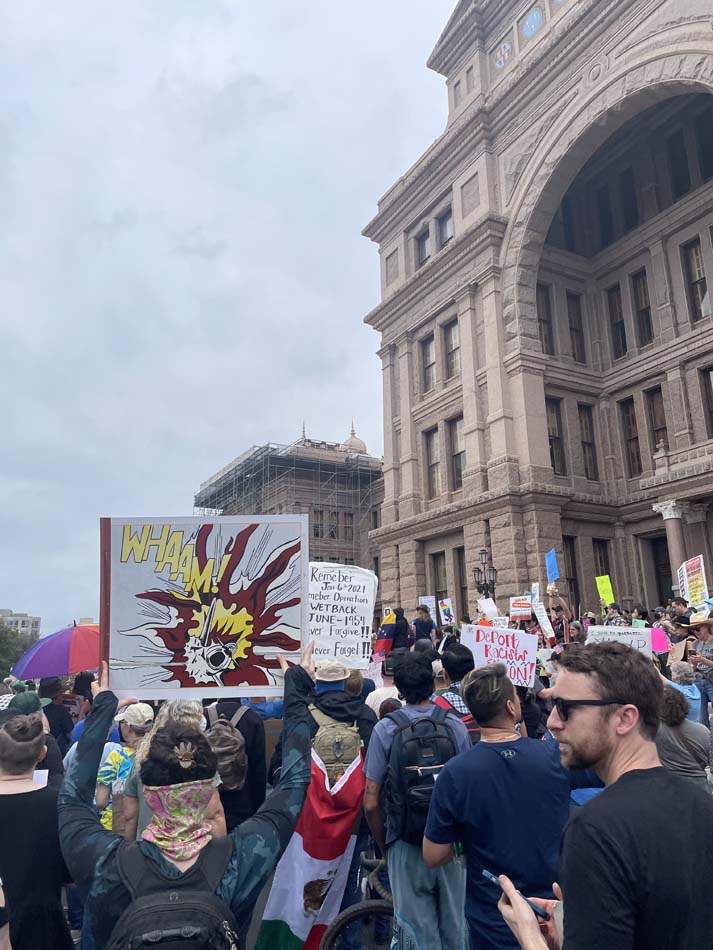
Outside the Capitol, hundreds of protesters have gathered. It’s part of an organized, national protest taking place in all fifty state capitals against mass deportation and other issues ignited by the new Trump administration. Several signs read “DEPORT ELON.”
Inside the Capitol, there seems to be no effect: it’s business as usual. On the Senate floor, there’s a debate about the controversial “school choice” issue. Staffers, lobbyists, and school groups flow through the hallways and rotunda.
Our first meeting is with Republican Dustin Burrows, who was just elected speaker of the house—he was still in the process of moving into his new, corner office. Kiley and Bond join us, as well as Shannon Ghangurde, the legislative consultant and lobbyist for TFA. Advocates from LHUCA, CASP, Ballet Lubbock, the arts administration program at Texas Tech University, and others are present.
In the hallway outside the office, we are greeted by Elisabeth Burrows, the speaker’s wife, who flings open her arms and delivers an effusive welcome: “It’s my people!”
The stakes are high for this meeting, but we have an in. Elisabeth Burrows, the wife of the speaker of the house, is an active supporter of the arts.
The stakes are high for this meeting, but we have an in. Elisabeth is an active supporter of the arts in Lubbock, a former LHUCA volunteer, and a long-time board member of CASP.
Inside the office, Burrows already has some art on the walls—prints of native plants and an armadillo (very Texas)—and stretched on the floor is a zebra-skin rug (not-so-Texas). The cries of the protesters outside contribute a faintly audible background noise.
Burrows, sitting at his desk, tells us right off the bat, “My wife has already admitted I have absolutely no connection to the arts. [But] she has every connection in the entire world, so I’m not allowed to say no.” The room erupts in what can only be described as gleeful laughter.
Ghangurde delivers the ask regardless, outlining the exceptions in the budget that we hope will be passed. Burrows listens, nodding. In turn, the advocates share some of the numbers that arts and culture turn out for Lubbock—between CASP, LHUCA, and Ballet Lubbock, they are bringing in over 200,000 visitors to downtown for cultural activities, they estimate. The frictionless meeting lasts about ten minutes, and Burrows tells us, “I appreciate what y’all do, and I appreciate what the arts have done for Lubbock.”
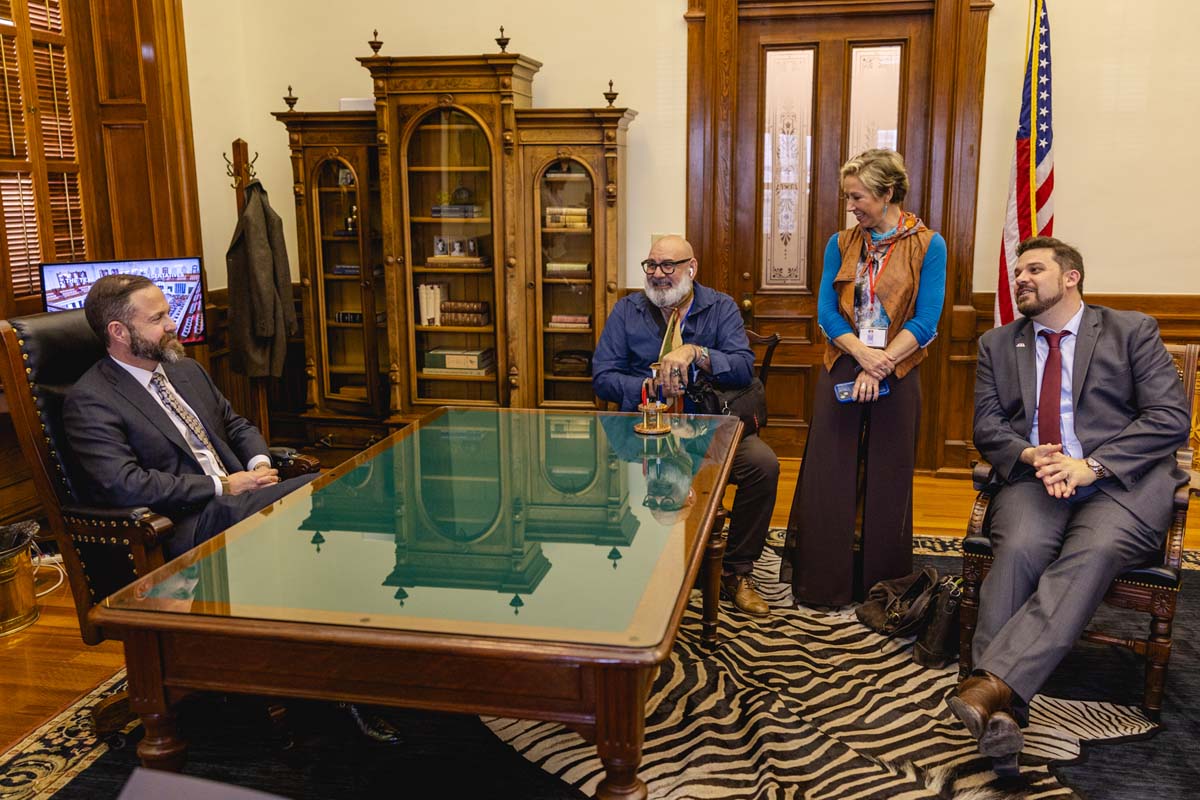
Our next meeting has less fanfare. Republican senator Charles Perry is busy on the senate floor, so we meet with a staffer instead. We are led through a series of long hallways resembling the set of Apple TV’s Severance, into the bowels of the building, to the office of the Committee of Water, Agriculture, and Rural Affairs, which Perry chairs. Maps of Texas’s aquifers and watersheds line the walls, and two taxidermied trophies—shot by Perry, the staffer informs us—nearly graze the drop ceiling with their horns.
We gather around a wooden conference table in the middle of the cramped room as regular business goes on around us, conducted by men that appear to be more comfortable in boots than suits.
We gather around a wooden conference table as regular business goes on around us, conducted by men that appear to be more comfortable in boots than suits.
We deliver our spiel, our stats, and a folder of information to the staffer. She remembers happening upon a First Friday Art Trail at LHUCA when she was a student at TTU—a connection. Hoping to pique her interest, I tell her about an art installation at the intersection of water, agriculture, and rural affairs: The Tap (2022), by the rural arts collective M12 Studio, a well that taps directly into the Ogallala aquifer, located on a farm just outside of Lubbock. I suggest that Perry make a visit, but the staffer dutifully says she can’t make any promises during session.
Maestri skillfully wraps the story with the data. Lubbock’s downtown cultural district, celebrating its ten-year anniversary, has benefited from both cultural district grants and arts organization grants for infrastructure and operational support, as well as HOT tax funds to underwrite cultural programs—effectively revitalizing the area into a booming cultural attraction. “It was a ghost town before,” says Maestri, but since the investment into the cultural district, “it’s really put Lubbock on the map as a cool, fun, cultural arts destination.”
“We would love to see that [funding] stay,” she concludes.
The staffer has to hop on a call. We say our cordial goodbyes, and then wait for an escort to lead us out of the maze of corridors.
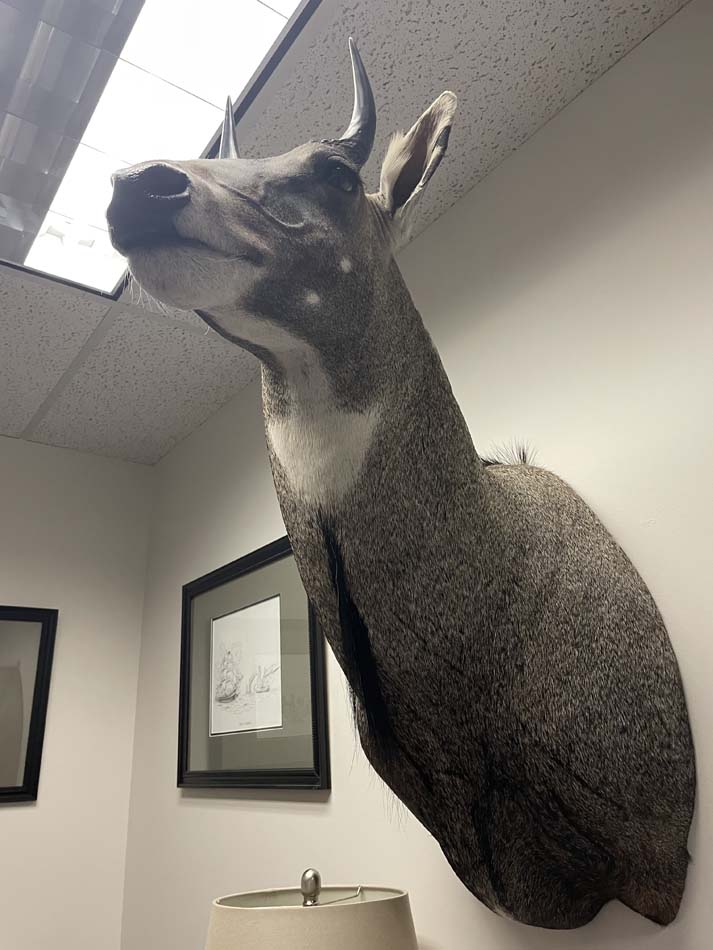
For Maestri, support for arts funding feels as precarious as ever. Appealing to state representatives on behalf of LHUCA and Lubbock’s cultural district, she hopes to garner more support and goodwill for their mission, following a recent run-in with the municipal government, which, in an unprecedented move, withheld a HOT tax–funded grant for LHUCA’s popular First Friday program over questions of LGBTQ+ content. But overall, the blossoming of Lubbock’s cultural district and its transformation of the downtown is held up as a real success story, “one of the best in the state,” Kiley calls it.
The day finishes off at a reception for the advocates in the lobby of the Omni Hotel in downtown Austin. In general, they report their meetings went well.
“I left feeling really inspired,” Eepi Chaad, program manager for Mid-America Arts Alliance and a Houston-based artist, tells me. She spoke to her representative about how artist grants became important to her personally, as she shifted from making commercial work to a community-based art practice.
The Senate Finance Committee is already hearing testimony for and debating the state budget, along with the exceptional items on TCA’s wishlist. The same process will happen with the House’s version, and then the two respective budgets will enter into what is known as conference committee, where the conferees (equal numbers of members from the House Appropriations and Senate Finance groups) will decide what’s in the final budget bill sent to both chambers for adoption. In Texas, legislators are required to balance the budget; to get more funds dedicated to the arts, they must be covered by new revenue, or appropriated from another part of the budget. “Since we anticipate robust state resources,” Kiley explains, “now is the time to invest in places like arts, which are a significant contributor to those resources for the state continuing to grow.”
In Texas, legislators are required to balance the budget; to get more funds dedicated to the arts, they must be covered by new revenue, or appropriated from another part of the budget.
“Right now we’re in the early part of the process,” says Kiley. “The reason we do this advocacy day now is because it’s early enough in the process where we can forge those relationships and have a lasting impact over the course of the next few months.”
Advocacy continues through the conference committee period, and again when the budget goes up for a vote, likely in late May to early June. And there could potentially be advocacy aimed at the executive branch, during Governor Greg Abbott’s veto period.
In other words, advocacy is a long haul, but, as Bond stresses, “None of us does this work alone.”
“Being here [at Arts Advocacy Day] is a chance to get just a sense of what it means to do this work more powerfully when we join together,” she says.
In such interesting, challenging, and chaotic times, finding that community and speaking as one, with focus and directness, backed up by the data, might just get the arts in Texas through.
